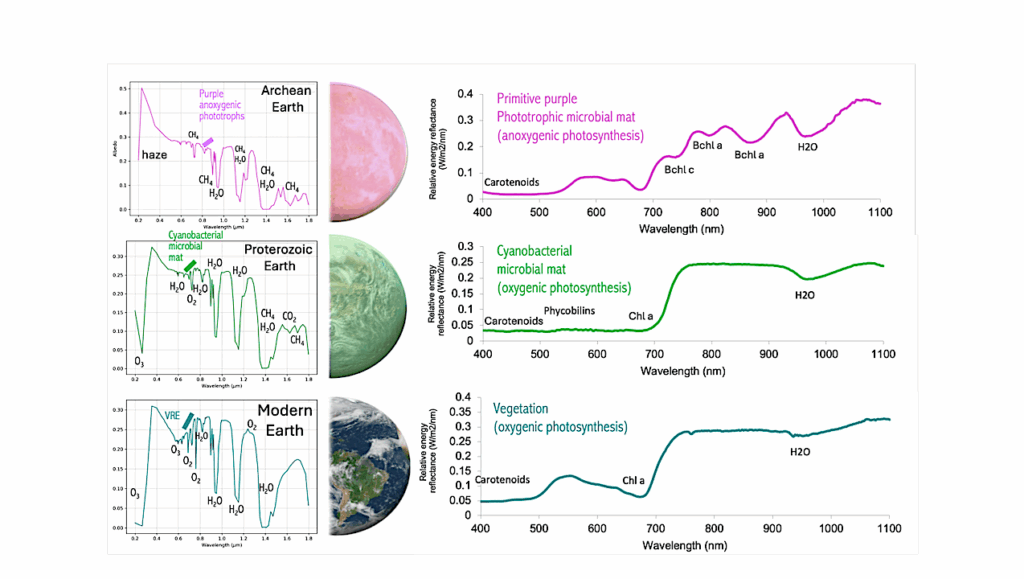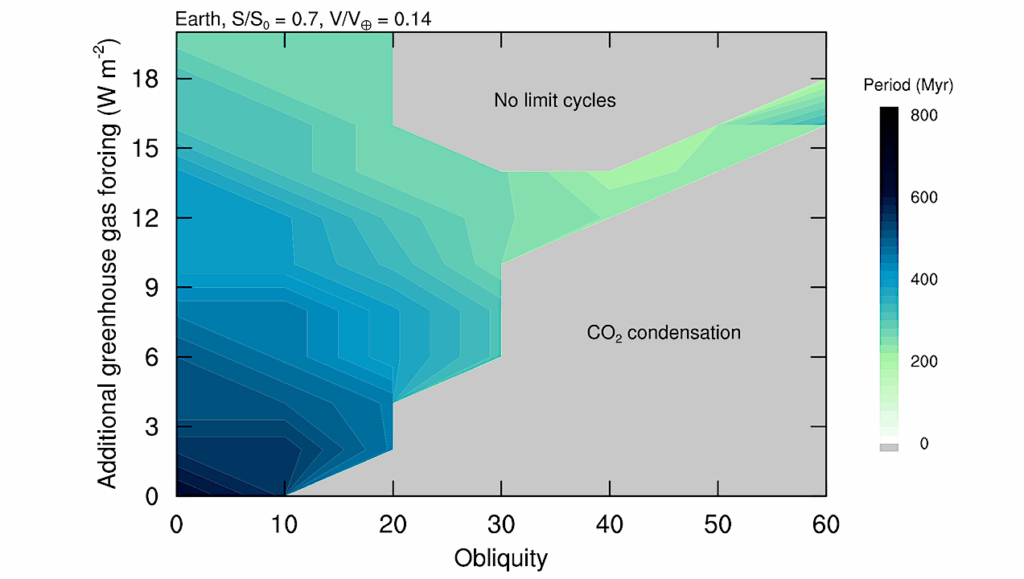Habitable World Assays: New Satellite Dataset Sheds Light On Earth’s Plant Growth

In the field of environmental and climate science, researchers have developed the Comprehensive Mechanistic Light Response (CMLR) gross primary production (GPP) dataset. Derived from the TROPOMI satellite’s solar-induced chlorophyll fluorescence (SIF) observations, this global dataset offers unprecedented insights into Earth’s GPP, the process through which plants convert carbon dioxide and sunlight into essential resources.
Gross Primary Production (GPP), the process through which plants convert carbon dioxide and sunlight into glucose and oxygen, is the Earth’s largest carbon flux. Accurate quantification of GPP is crucial for understanding carbon budgets and their implications on climate change and land management policies. However, traditional methods for estimating global GPP are challenged by the complexity of integrating biophysical and biochemical processes at various scales.
This challenge has led to the development of the Comprehensive Mechanistic Light Response (CMLR) GPP dataset, and the details are in the article (DOI: 10.34133/remotesensing.0127) published in the Journal of Remote Sensing on 13 Feb 2024.
This dataset, for the first time, harnesses solar-induced chlorophyll fluorescence (SIF), a direct signal emitted by plants during photosynthesis, offering a more accurate and direct measurement of plant productivity on a global scale. The researchers employed a sophisticated light response model adjusted for the canopy scale to transform TROPOMI’s SIF observations into a global GPP dataset.
This method represents a substantial leap from previous models by integrating direct physiological signals from plants, thus reducing uncertainties and enhancing the dataset’s reliability across diverse environmental conditions and vegetation types. Through rigorous validation against tower-based GPP measurements, the CMLR GPP dataset demonstrated strong correlation and consistency, proving its efficacy in accurately capturing the spatial and temporal patterns of global photosynthesis.
Liangyun Liu, a senior researcher involved in the study, emphasized the significance of this advancement: “The CMLR GPP dataset not only enhances our understanding of global photosynthesis but also serves as a crucial tool for monitoring the Earth’s carbon cycle. This dataset is a testament to the power of combining satellite technology with ecological research to address pressing environmental challenges.”
The creation of the CMLR GPP dataset marks a pivotal moment in environmental research, offering unprecedented insights into the Earth’s carbon cycle, informing climate change models, and aiding policy decisions on land management and climate mitigation.

Spatial pattern of CMLR GPP on 29 July 2019 at a 0.05° resolution. (A) The global map of CMLR GPP. (B) The GPP pattern in the Nile Delta. (C) The GPP pattern in the Mississippi River. The 8-day composited dataset was used for global mapping. CREDIT Journal of Remote Sensing
CMLR: A Mechanistic Global GPP Dataset Derived from TROPOMIS SIF Observations, Journal of Remote Sensing (open access)
Astrobiology








